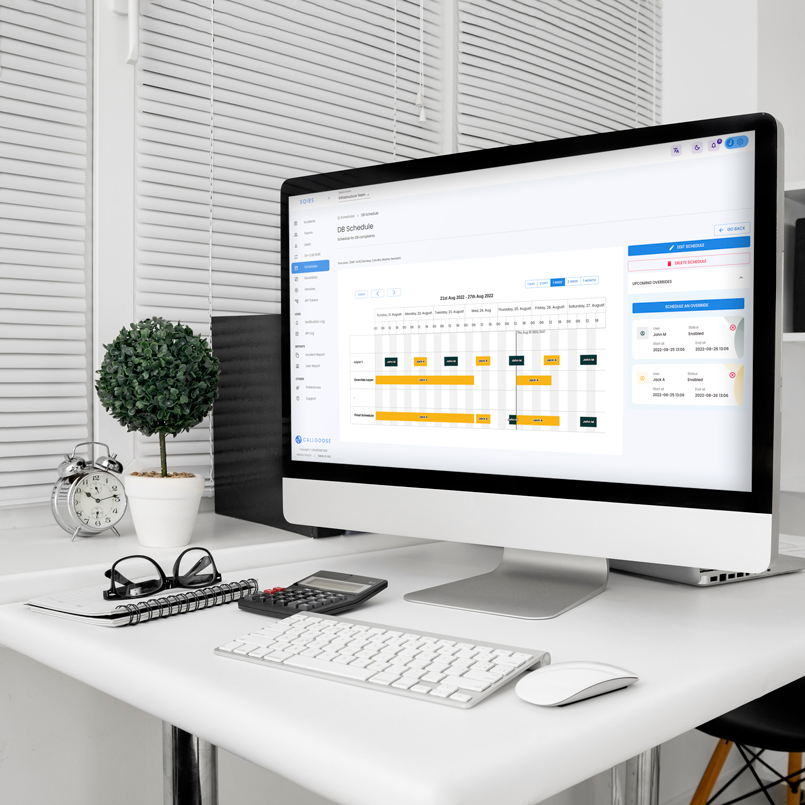Getting Started
Special
SINGLE SIGN-ON
Teams
Users
Escalation Policies
Service
Incident
Request
On-Call Shift
Schedules
Schedule Override
Logs
API
Webhook
Apps Integration
Reports
Preference
Profile
Automation
Self-Service Portal
FAQ
User Roles
Lets know about different categories of users.
Categories of Roles.
There are 2 categories of Roles.
1. Global Roles
- Global Admin
- Stakeholder
Can use only inside the Users tab. This will be the role that can use inside the workspace. If a user is assigned any Global Role and not present in a team, then the Team Role related to the Global Role will be used inside that team.
2. Team Roles
- Team manager
- Responder
- Observer
Can use it as a Global Role and can use it inside a team. If a user is under a team with a lower role and the Global Role is a higher one, But inside that team, only the team role will be enabled. Team Roles have higher priority over Global Roles under a team.
1 . Global Admin
This is the role for an admin. A Global admin can do all the following functionalities.
- Invite new user.
- Create or delete a team.
- Can change the role of other users in teams and users tab.
- Create/Acknowledge/Resolve/Reassign Incidents.
- View and download all reports and logs.
- Create, edit, or delete a Schedule.
- Create, edit, or delete a Service.
- Create an schedule-override.
- Create, edit, or delete an escalation policy.
- Create, edit, or delete api token.
- Control reseller related settings like VOICE, IVR, LANGUAGE
This is a Global Role. The Team Role related with this is Team manager.
2 . Stakeholder
This is the role for a user who can view all things related under the workspace, but not edit them.
A Stakeholder can :
- View Incidents.
- View teams.
- View users.
- View and download all reports and logs (except user report).
- View schedule.
- View Escalation policy.
- View Services.
This is a Global Role. The Team Role related with this is Observer.
3 . Team manager
This is a Team Role. But you can use this as a Global Role to restrict the unwanted privileges inside the workspace. As the name suggests this role is used by the end user who manage the Team.
A Team manager can :
- Add user to team.
- Can change the role of other users in teams.
- Create/Acknowledge/Resolve/Reassign Incidents under that team.
- View and download all reports and logs under that team.
- Create, edit, or delete a Schedule under that team.
- Create, edit, or delete a Service under that team.
- Create an schedule-override under that team.
- Create, edit, or delete an escalation policy under that team.
- Create, edit, or delete api token under that team.
4 . Responder
This is a Team Role. But you can use this as a Global Role to restrict the unwanted privileges inside the workspace. As the name suggests this role is used by the end user who responds to the incidents.
A Responder can :
- Create/Acknowledge/Resolve/Reassign Incidents under that team.
- View schedule, Escalation policy, Services under that team.
- View and download Notification log, Incident report under that team.
5 . Observer
This is a Team Role. But you can use this as a Global Role to restrict the unwanted privileges inside the workspace. As the name suggests this role is used by the end user who only observes the team.
A Observer can :
- View Incidents under that team.
- View schedule, Escalation policy, Services under that team.
- View and download Notification log, Incident report, API log and Email log under that team.

